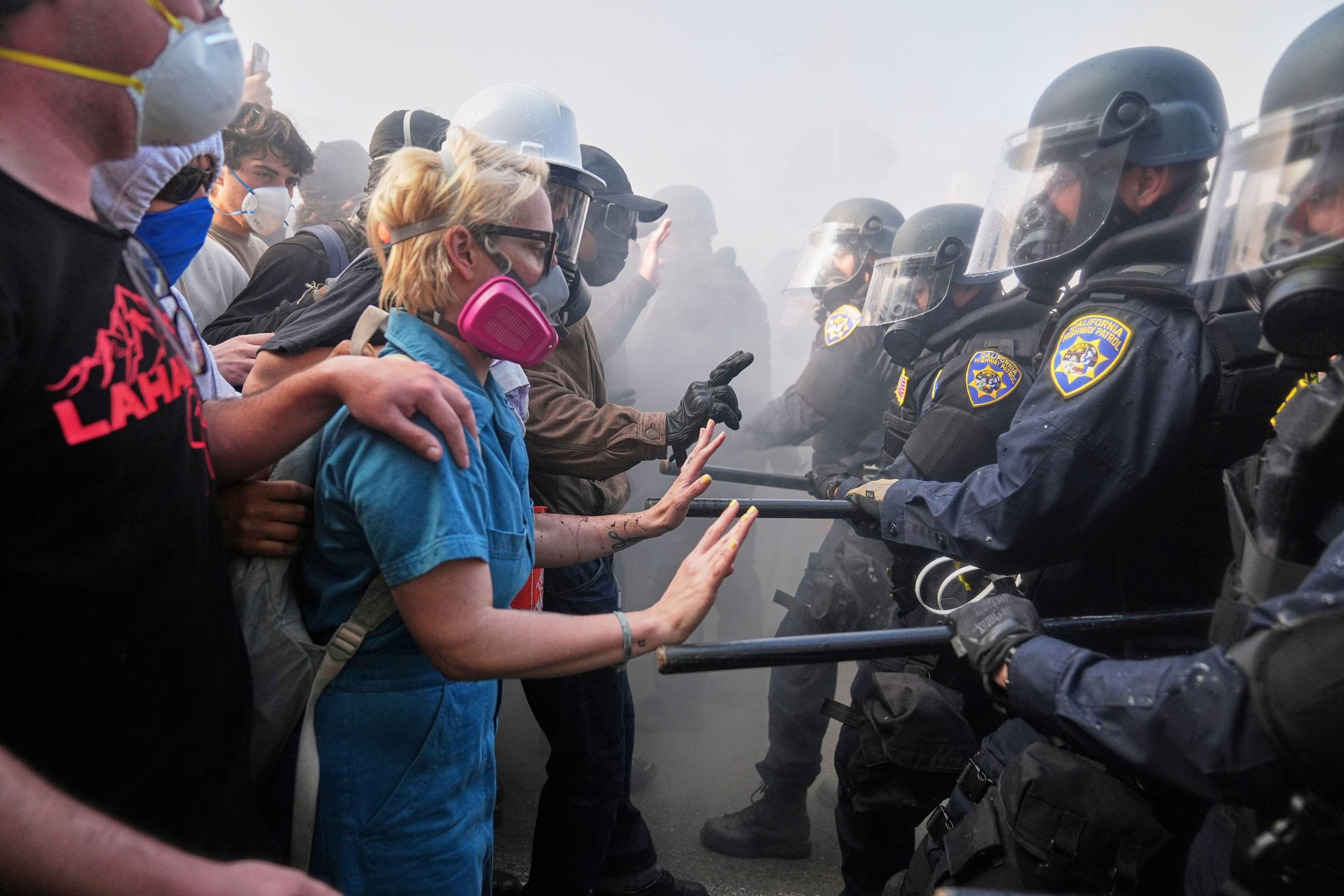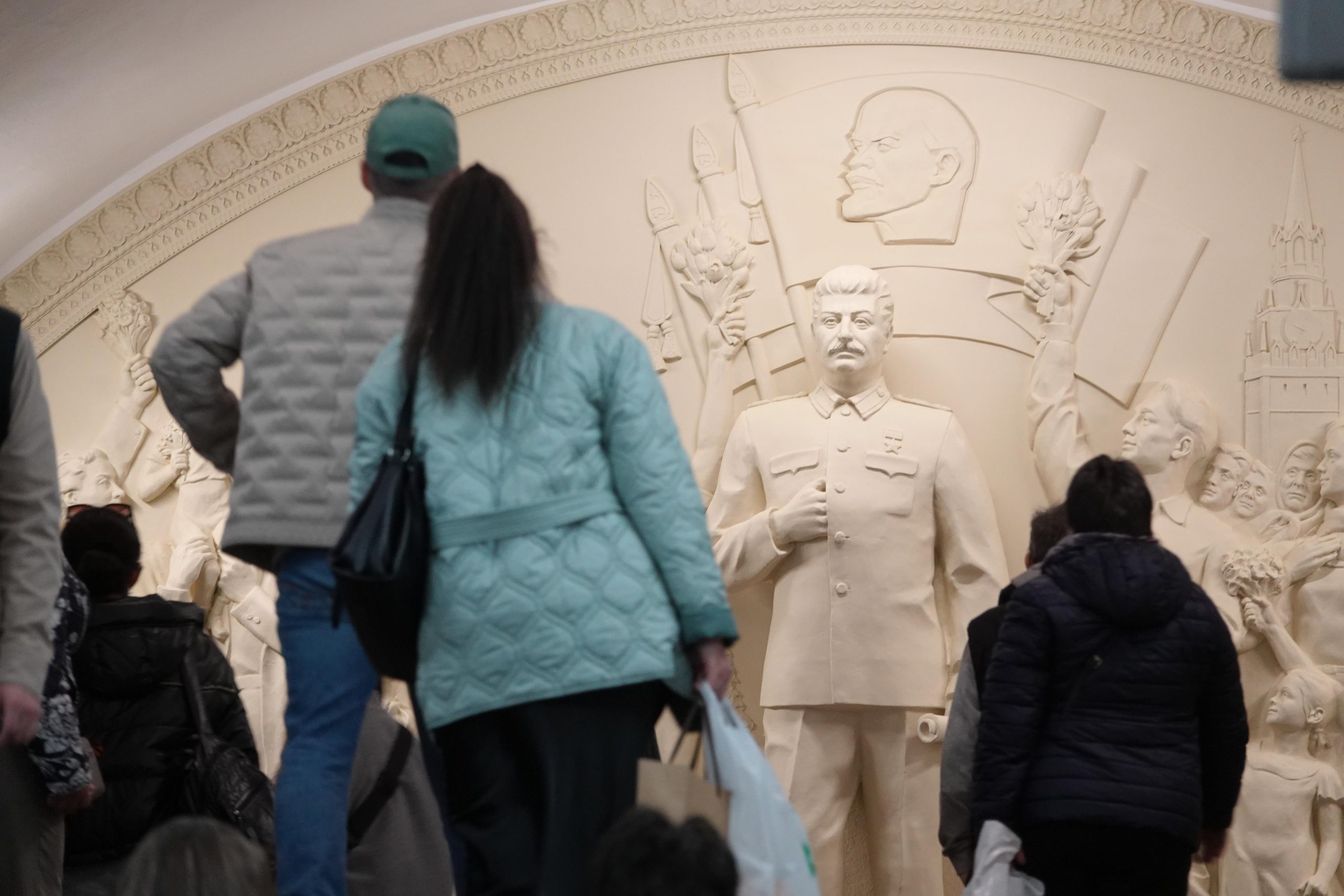Even rainstorms can be sensitive in China. The recent storm in Beijing which killed at least 77 people caused the censors to come out in force, with newspapers told to can coverage and online accounts of the deluge snipped.
But with 500 million internet users, the obvious question is, how does China do it? What are the mechanics of China’s internet censorship?
It makes things simpler if we divide the censorship first into two camps: censoring the web outside China and censoring domestic sites.
American journalist James Fallows very readable account of how China censors the outside web explains: “Depending on how you look at it, the Chinese government’s attempt to rein in the internet is crude and slapdash or ingenious and well crafted.”
Briefly, this is what happens.
Censoring incoming web pages
The public security ministry is the main government body which oversees censorship of the outside Internet through its Golden Shield Project.
The key to their control is the fact that unlike many other countries, China is only connected to the outside internet through three links (or choke points as Fallows calls them) — one via Japan in the Beijing-Tianjin-Qingdao area, one also via Japan in Shanghai and one in Guangzhou via Hong Kong. At each one of these choke points there is something called a “tapper” which copies each website request and incoming web page and sends it to a surveillance computer for checking. This means that browsing non-local websites in China can sometimes be frustratingly slow.
There are four ways for a surveillance computer to block your request.
- The DNS (Domain Name System) block: When you enter a web page, the DNS looks up the address of that page in computer language (the IP address). China has a list of IP addresses it blocks, if your web page is on that IP address, the DNS is instructed to give back a bad address and you will get a “site not found” error message.
- Connection Reset: Another the way the government prevents you seeing one of its blacklisted sites is not to return a bad address but to constantly reset the request, which is slightly more insidious since this kind of error can occur naturally. If it happened outside China you could press reset and the chances are the next time you would be successful. But in China the reset is intentional and however many times you resend the request you will get a “The connection has reset.”
- URL keyword block: To cast its net even wider, the tappers also check the web address. If it contains any banned words, say “Falun Gong” or “Dalai Lama” the request is sent into an infinite loop, you never reach the site and your connection times out.
- Content filtering: In this technique the content of web pages is scanned for banned words, with the connection timing out if any blacklisted words are found. This could for example, allow you to browse the Guardian website, but not access some of the new stories.
Censorship technology is continuously becoming more sophisticated, and words and IP addresses go on and off the blacklists.
Index contacted Jed Crandall, an assistant professor of computer science at the University of New Mexico and whose research has focused on Chinese internet censorship, to ask him if there had been much change to the above in the four years since Fallows’s article. Here’s what he said:
“It seems like filtering the content of the web pages using internet routers was not working well for the censors, and they even seemed to be devoting less resources to it over time as we did our experiments,” he told Index by email interview. “They still block IP addresses, DNS addresses, and do keyword filtering on GET requests [URL keyword block].”
Censoring domestic websites
Far more of a challenge to the Chinese government is keeping its homegrown internet in check. And this it does mostly by making sure the private companies that run most of the Chinese web self-censor by issuing threats, “vaguely-worded” laws and, in the case of emergency breaking stories, day-to-day directives.
Censoring professional content
Web companies self-censor in many different ways. Content which they produce themselves is “cleansed” first by the writer and then by editors if necessary. There are few specific censorship guidelines; it is more of an acquired habit of knowing where to draw the line based on fear of punishment. American scholar Perry Link wrote an eloquent essay back in 2003 — read it here — about how Chinese censorship is like an anaconda in the chandelier ready to pounce if someone oversteps that line:
The Chinese government’s censorial authority in recent times has resembled not so much a man-eating tiger or fire-snorting dragon as a giant anaconda coiled in an overhead chandelier. Normally the great snake doesn’t move. It doesn’t have to. It feels no need to be clear about its prohibitions. Its constant silent message is ‘You yourself decide,’ after which, more often than not, everyone in its shadow makes his or her large and small adjustments–all quite ‘naturally.’
Censoring user-produced content
This is where it gets really interesting.
“Social media is more dynamic and fluid than traditional online content, so the censors have to be creative in how they control social media,” says Crandall.
Banned topics and sensitive terms are deleted by hand by armies (literally) of paid internet “police”. This, from a paper published here in June by a team of researchers at Harvard University:
The size and sophistication of the Chinese government’s program to selectively censor the expressed views of the Chinese people is unprecedented in recorded world history. Unlike in the US, where social media is centralized through a few providers, in China it is fractured across hundreds of local sites, with each individual site employing up to 1,000 censors. Additionally, approximately 20,000–50,000 Internet police and an estimated 250,000–300,000 “50 cent party members” (wumao dang) are employed by the central government.
More evidence for the lack of a hardcopy list of banned topics is that different online companies seem to censor different things.
Crandall adds:
One thing we’ve noticed in our research is that what various companies censor seems to vary widely from company to company, and there doesn’t seem to be any obvious ‘master list’ of what companies are supposed to censor. They seem to make up their own lists based on what they think their liabilities would be if the government had to intervene.
For example, censoring in Tibet and Qinghai (a largely Tibetan province) is much stricter than in eastern parts of the country.
Latest trends
Recent reports on Chinese internet censorship have offered some surprising results. First, the Harvard paper referred to above analysed Chinese-language blogs and found that censors were targeting material that could have incited protests or others types of mass action, leaving material critical of the government uncensored.
A recent University of Hong Kong study on Weibo (China’s wildly popular version of Twitter) posts found that the list of words was changing constantly.
“What we are finding is a constantly morphing list of keywords, a cat-and-mouse contest between people and censors,” King-wa Fu, one of the study’s researchers, told the Economist last month.
There might be more to it than a simple catch-up. According to Crandall, censorship can be used as a sophisticated tool to control the news. In a paper titled Whiskey, Weed, and Wukan on the World Wide Web: On Measuring Censors’ Resources and Motivations, when a news story reflects badly on the government, posts on it are censored, but when that news story has been turned around to a good story, the word is unblocked.
“It appears that censorship was applied only long enough for the news about Wukan to change from sensitive news to a story of successful government intervention to reach a peaceful resolution to the problem,” the paper’s authors write.
(Wukan is the name of a village in southern China where huge clashes between the police and locals occurred over illegal land grabs late last year. The government eventually caved into the villagers’ demands and then turned the story in one of a provincial government victory.)
The Future
Chinese censorship has to move with the times, particularly now there are 500 million Chinese online, many of whom are ardent microbloggers.
Crandall believes that the government is looking into how to manipulate social media to influence the news.
I think what the future of internet censorship holds is more emphasis on control and less emphasis on blocking content. It’s very difficult to block some specific topic, but if you can slow down spread of news of the topic at some times and speed up spread of news about the topic at other times you can use that to your advantage to control how issues play out in the news cycles.
Blogger Wen Yunchao wrote for Index on Censorship magazine in 2010 about the art of Chinese censorship. Read his article here.
Also writing for our magazine, Southern Weekend columnist Xiao Shu discusses the repressive and chaotic nature of China’s internet censorship here.
Read Chinese author and blogger Han Han’s essay about publishing and censorship in China here.





